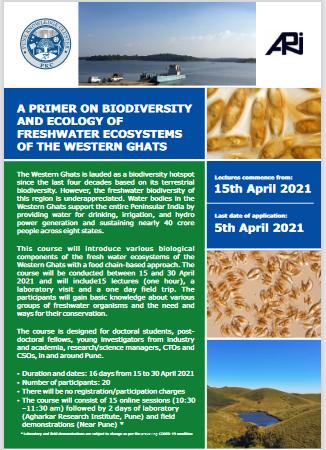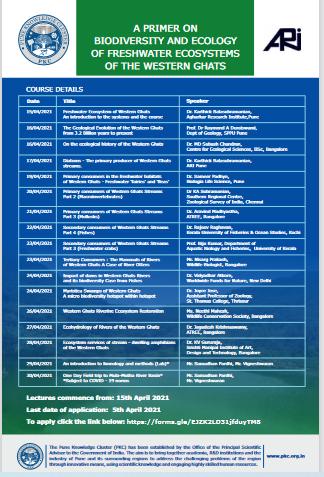Ecology and Environment
Managing natural resources at scale in Meghalaya
Posted on 20 May, 2021 07:38 PMMeghalaya, a small hilly state located in the North Eastern Region of India has an area of 22,429 sq. km., which is 0.68% of the country’s geographical area. The state is divided into three regions: Garo Hills, Khasi Hills and Jaintia Hills.

About time inland waterways feasibility is reassessed
Posted on 13 May, 2021 04:45 PMIn 2016, 106 rivers or river stretches were declared as national inland waterways, and the development of many of these new waterways along with the already existing ones was prioritized for large scale commercial navigation and shipping.

Green panel clears Central Vista project
Posted on 12 May, 2021 12:28 PMGreen panel clears Central Vista projects

43 percent of water bodies in Meghalaya are polluted
Posted on 01 May, 2021 03:09 PMMeghalaya is faced with environmental challenges and serious natural resource degradation such as forest, land and water.

Identification of drivers of deforestation in Meghalaya
Posted on 28 Apr, 2021 03:13 PMThough drivers of deforestation and degradation follow a general framework and pattern, in many cases, they are region-specific.

Mining affected areas and its impact on livelihoods: Meghalaya
Posted on 27 Apr, 2021 12:28 AMMeghalaya has a predominantly agrarian economy.

Reducing air pollution due to stubble burning in Northwest India
Posted on 16 Apr, 2021 07:58 PMThere is a predictability to the narrative around North India’s air pollution. Air that is unhealthy all year-round becomes unbreathable during winter, largely due to particulate matter in emissions from farm fires in Punjab, Haryana, and Western Uttar Pradesh.

States have no rights in granting forest clearance: Government
Posted on 15 Apr, 2021 10:10 PMForest ministry solely in the hands of Centre: Environment Ministry

Mosquito fish – invaders in disguise!
Posted on 22 Mar, 2021 12:02 PMThreats to freshwater bodies in India are many and include pollution, flow modification, overexploitation and habitat degradation. Besides these, introduction of invasive alien species is a growing problem in India threatening freshwater biodiversity leading to a decline in native species and compromising the health of freshwater bodies.
What is an invasive species

Online course: A primer on biodiversity and ecology of the freshwater ecosystems of the western ghats
Posted on 18 Mar, 2021 02:14 PM





